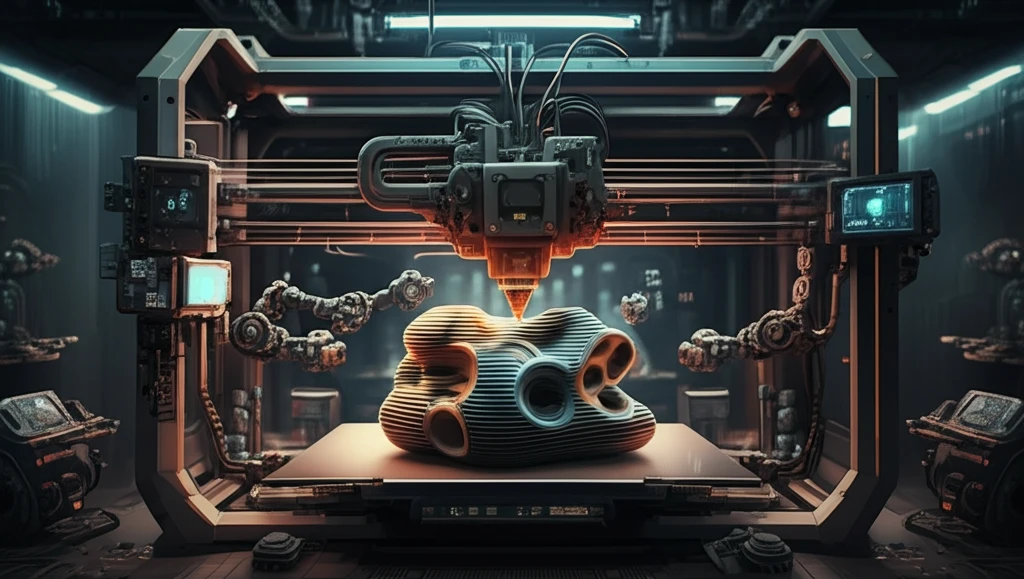
3D Printing Revolution: How Adaptive Slicing Is Changing Manufacturing
"Discover how adaptive slicing, a cutting-edge technique, is enhancing the precision, speed, and efficiency of 3D printing, making it more accessible for both hobbyists and industrial users."
3D printing, also known as additive manufacturing, has revolutionized how we create objects, from prototypes to end-use parts. This technology builds three-dimensional objects layer by layer, offering unparalleled design freedom and customization. However, achieving optimal results requires more than just a good 3D printer; it demands smart slicing strategies.
Traditional 3D printing relies on uniform slicing, where each layer has the same thickness. While simple, this approach often leads to compromises between printing time and surface quality. Finer layers increase resolution but significantly extend printing time, while thicker layers print faster but result in a noticeable 'staircase effect' on curved surfaces.
Enter adaptive slicing, a game-changing technique that dynamically adjusts layer thickness based on the geometry of the object. By optimizing each layer individually, adaptive slicing achieves a superior balance between speed and quality, unlocking new possibilities for 3D printing applications across various industries.
What Is Adaptive Slicing and Why Does It Matter?

Adaptive slicing is a sophisticated approach that analyzes the 3D model and varies the layer thickness according to the model’s features. Areas with fine details or curves receive thinner layers for higher precision, while simpler, flatter areas are printed with thicker layers for faster completion. This intelligent adjustment minimizes material usage, reduces printing time, and enhances the overall surface finish.
- Enhanced Precision: Thin layers in detailed areas capture intricate geometries with remarkable accuracy.
- Faster Printing: Thicker layers in simpler regions accelerate the printing process without sacrificing structural integrity.
- Reduced Material Waste: Optimized layer thickness minimizes the need for support structures, saving material and reducing post-processing effort.
- Improved Surface Finish: Adaptive slicing minimizes the staircase effect, resulting in smoother, more aesthetically pleasing surfaces.
The Future of Manufacturing Is Here
Adaptive slicing represents a significant leap forward in 3D printing technology, offering a pathway to faster, more precise, and more efficient manufacturing. As the technology continues to evolve, we can expect even more sophisticated algorithms and wider adoption across industries, making 3D printing an increasingly integral part of our world.
